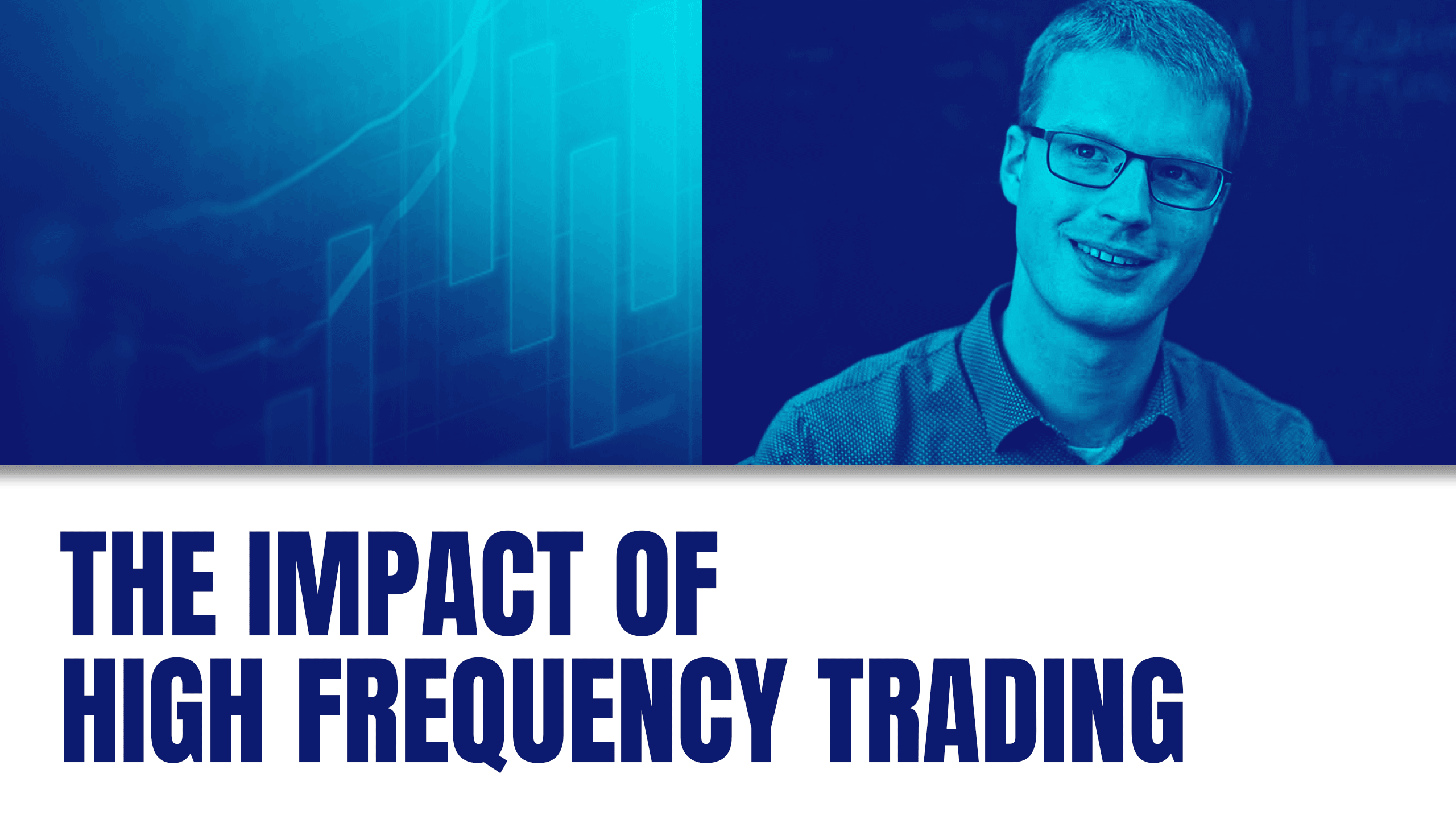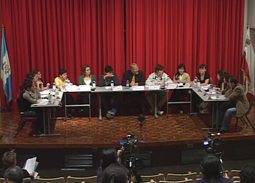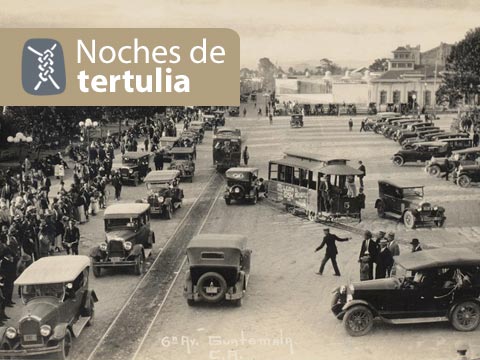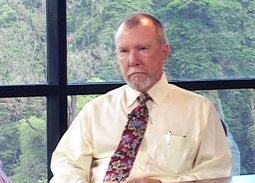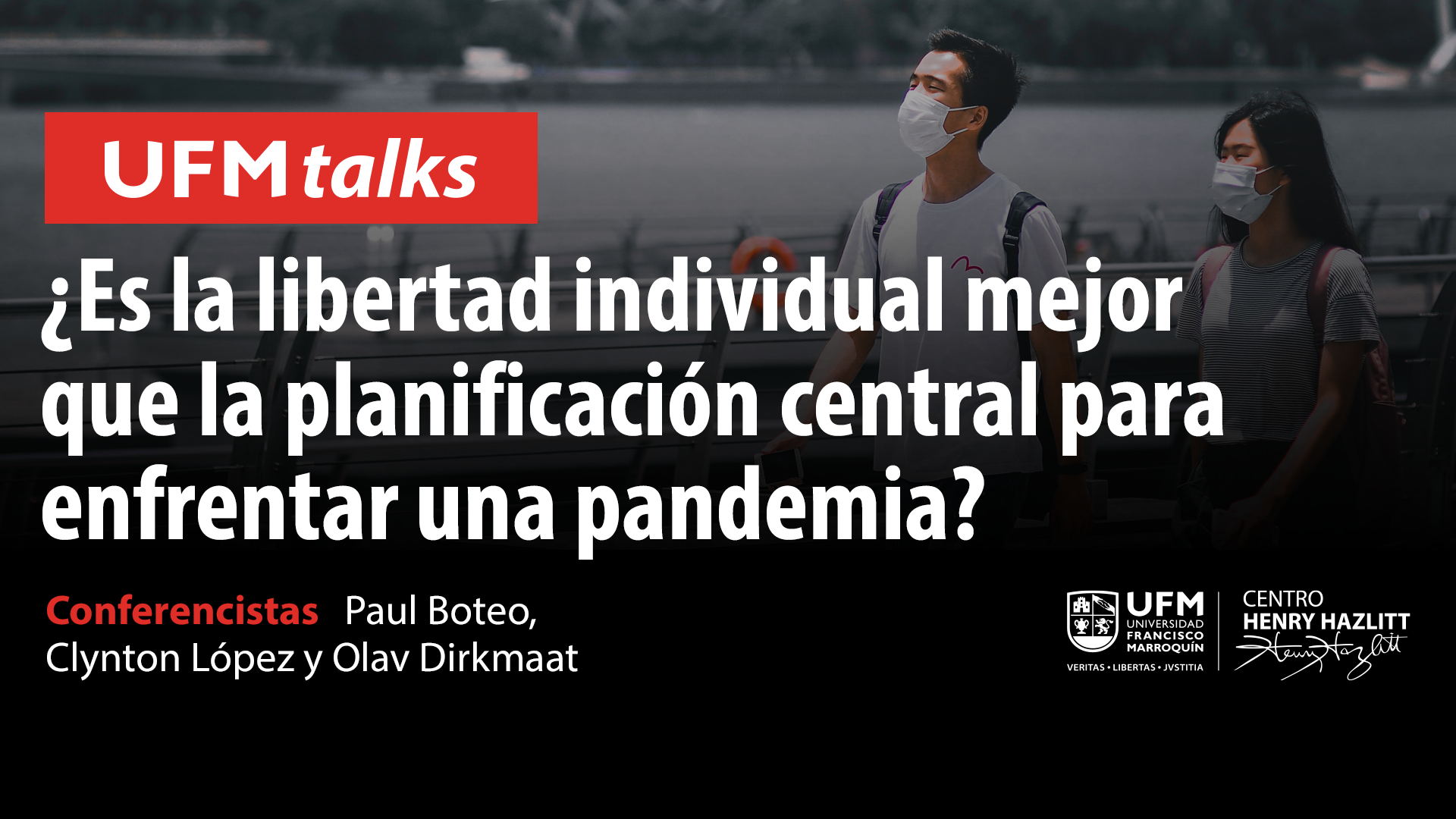About this videoIn the second session of this four-part series, Robert J. Barro continues his discussion on his current research into the effects of macroeconomic crises and disasters in different countries throughout history. Barro’s ongoing research demonstrates how different economic indicators fluctuate through time during significant historical events. According to Barro, wars, epidemics, and other rare disasters affect both a country's GDP and its per capita personal consumer expenditure. He also analyzes the interplay between depressions and stock-market crashes and explains how it is now possible to foresee how an economy will behave during future disasters and how indicators around the world will be affected. Finally, Barro explains how some variables, like consumer preferences and culture, may affect the outcome of a crisis. |





